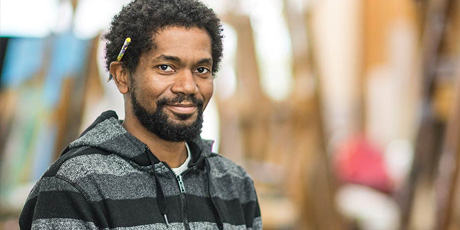Oh Baby
Unpacking Surrogacy Myths
First book-length ethnographic study of gestational surrogacy corrects misconceptions, raises important questions

Gestational surrogacy is growing more common, but misconceptions persist
Thanks to improved medical techniques and technology, gestational surrogacy has become more common over the past several decades. But the practice still remains largely opaque to the general public.
"Many people have a difficult time understanding why someone would want to carry a baby for a stranger," says Heather Jacobson, associate professor of sociology. She recently published the first book-length ethnographic examination of gestational surrogacy in the United States, Labor of Love: Gestational Surrogacy and the Work of Making Babies (Rutgers University Press).
The surrogates in her study were between the ages of 25 and 45 at the time of the interviews. All were paid for their surrogacy, usually between $15,000 and $35,000, and most were married, financially stable, and Caucasian. All had children of their own, but contrary to popular belief, the majority of the surrogates were not stay-at-home mothers, but instead worked in the "caring professions"—for example, nursing, teaching, social services, or social work.
"Most surrogates I spoke with loved it. They saw it as something they were good at—a skill set—not work," Dr. Jacobson says. "I found that interesting because they engage in a tremendous amount of labor in helping to produce a child. They rearrange their lives and the lives of their families, and if the pregnancy goes well, it can be a year-long investment—if there are complications, it can be a many-year investment."
Surrogacy is not federally regulated, so while there is no official data on the amount of surrogate births in the United States, Jacobson's research puts the number at about 1,500 a year.
Elisabeth Cawthon, interim dean of the College of Liberal Arts, believes the study provides valuable insights about how reproductive technology is affecting Americans and changing the way we think about maternity, family, and the labor involved in giving birth.
"Dr. Jacobson does a comprehensive job of dissecting the complex set of social attitudes underlying gestational surrogacy and its role in health and gender studies," she says. "There are a lot of misconceptions about infertility, reproductive technologies, and surrogacy that are reinforced in the media. This work will advance the larger conversation about these issues and help to correct that misinformation."
Dr. Jacobson discussed her book on the KERA show Think earlier this year. Listen to a podcast of the interview.

















